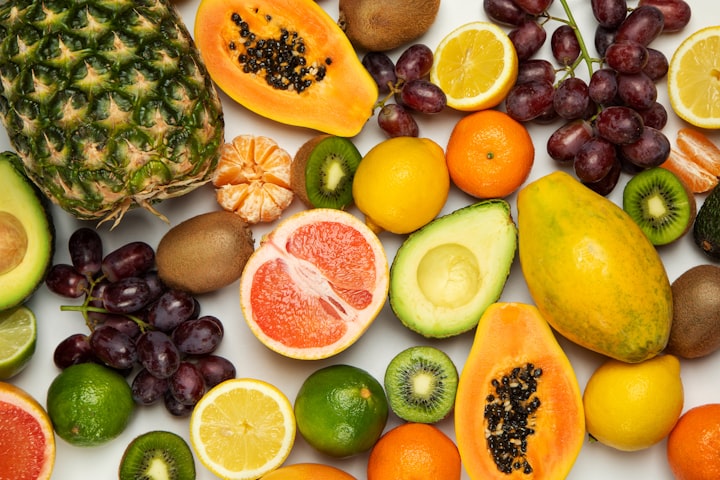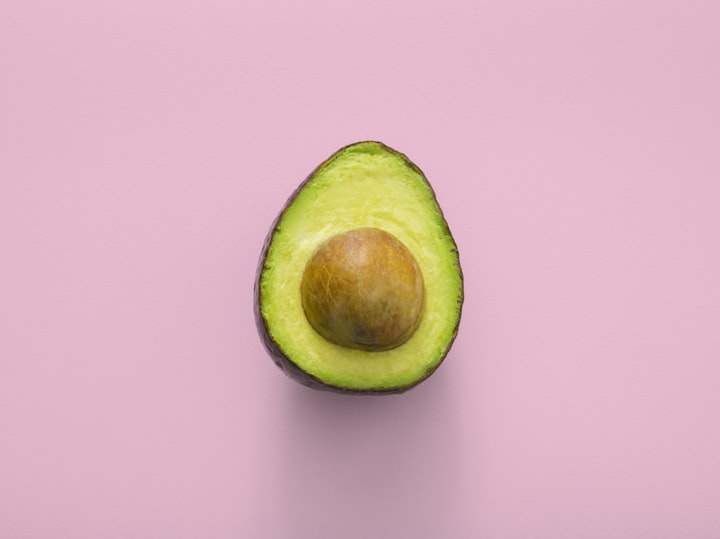Top 10 Fruits for Diabetes patients
Top 10 Fruits for Diabetes patients

Diabetes is a chronic condition that affects millions of people worldwide. Managing diabetes requires a well-balanced diet that includes fruits, which are a great source of vitamins, minerals, and fiber. However, not all fruits are created equal, and some may have a higher sugar content than others, which can affect blood sugar levels. This article will explore the top 10 fruits for diabetes patients, along with their nutritional benefits and tips on how to include them in your diet.
Apples:
Apples are a great source of fiber and contain a type of antioxidant called polyphenols, which can help reduce inflammation in the body. Studies have shown that eating apples can help lower blood sugar levels and reduce the risk of developing type 2 diabetes. Apples can be eaten as a snack or added to salads and smoothies.
Berries:
Berries, such as strawberries, blueberries, and raspberries, are low in sugar and high in fiber and antioxidants. They can help improve insulin sensitivity and reduce inflammation in the body. Berries can be eaten fresh, frozen, or added to yogurt, oatmeal, or smoothies.
Cherries:
Cherries are a good source of antioxidants and have anti-inflammatory properties. Studies have shown that eating cherries can help reduce blood sugar levels and improve insulin sensitivity. Cherries can be eaten fresh or dried, or added to smoothies and salads.
Grapefruit:
Grapefruit is low in sugar and high in vitamin C and fiber. Studies have shown that eating grapefruit can help lower blood sugar levels and improve insulin sensitivity. Grapefruit can be eaten as a snack or added to salads and smoothies.
Kiwi:
Kiwi is a good source of fiber and vitamin C, and it has a low glycemic index, which means it can help regulate blood sugar levels. Studies have shown that eating kiwi can help improve insulin sensitivity and reduce inflammation in the body. Kiwi can be eaten as a snack or added to salads and smoothies.
Oranges:
Oranges are a good source of vitamin C and fiber, and they have a low glycemic index. Studies have shown that eating oranges can help lower blood sugar levels and improve insulin sensitivity. Oranges can be eaten as a snack or added to salads and smoothies.
Papaya:
Papaya is a good source of fiber and vitamin C, and it has a low glycemic index. Studies have shown that eating papaya can help improve insulin sensitivity and reduce inflammation in the body. Papaya can be eaten as a snack or added to salads and smoothies.
Pears:
Pears are a good source of fiber and contain a type of antioxidant called flavonoids, which can help reduce inflammation in the body. Studies have shown that eating pears can help lower blood sugar levels and improve insulin sensitivity. Pears can be eaten as a snack or added to salads and smoothies.
Pineapple:
Pineapple is a good source of vitamin C and contains an enzyme called bromelain, which can help reduce inflammation in the body. Studies have shown that eating pineapple can help lower blood sugar levels and improve insulin sensitivity. Pineapple can be eaten fresh or added to smoothies and salads.
Watermelon:
Watermelon is low in sugar and high in vitamin C and lycopene, which is an antioxidant that can help reduce inflammation in the body. Studies have shown that eating watermelon can help improve insulin sensitivity and reduce the risk of developing type 2 diabetes. Watermelon can be eaten as a snack or added to salads and smoothies.

there are many delicious fruits that diabetes patients can enjoy as part of a healthy diet. The top 10 fruits for diabetes patients include apples, berries, cherries, grapefruit, kiwi, oranges, papaya, pears, pineapple, and watermelon. These fruits are low in sugar, high in fiber, and have a low glycemic index, which means they won't cause a rapid spike in blood sugar levels. Additionally, these fruits are packed with essential vitamins, minerals, and antioxidants, making them a great choice for overall health and wellbeing. When including fruits in your diabetes diet, remember to choose whole fruits, monitor portion sizes, and pair fruits with protein or healthy fats to help slow down the absorption of sugar into the bloodstream. By incorporating these top 10 fruits into your diet, you can enjoy a variety of delicious and nutritious options that support your diabetes management and overall health.
About the Creator
Reader insights
Nice work
Very well written. Keep up the good work!
Top insights
Expert insights and opinions
Arguments were carefully researched and presented
Eye opening
Niche topic & fresh perspectives
Heartfelt and relatable
The story invoked strong personal emotions





Comments
There are no comments for this story
Be the first to respond and start the conversation.